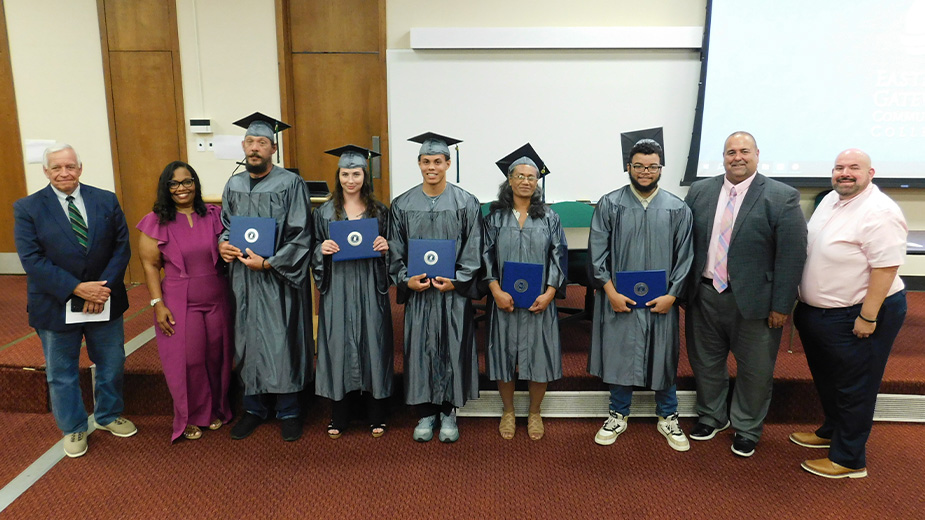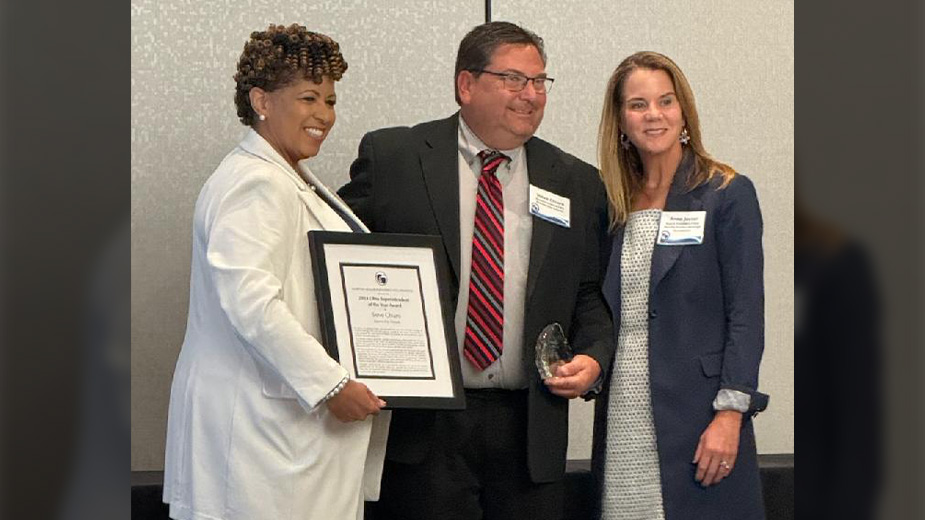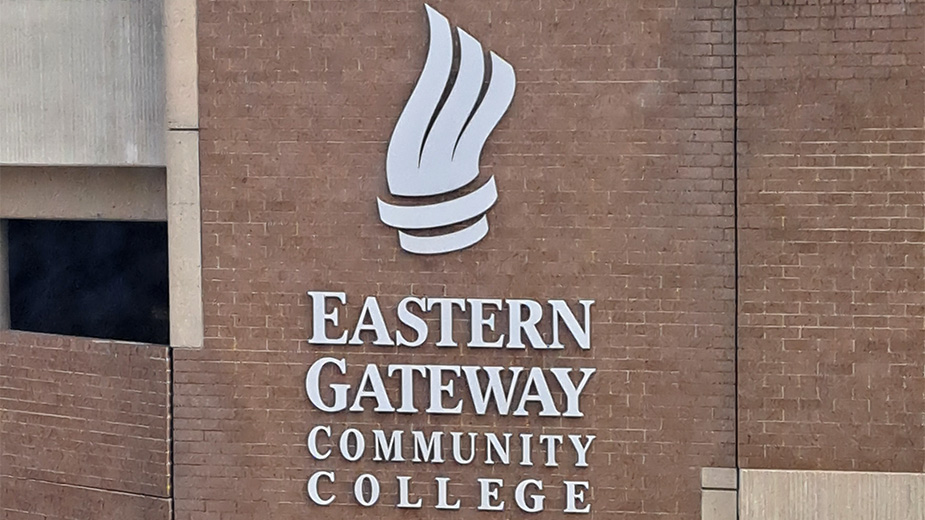NASA Guides Youngstown Companies at Roadshow
YOUNGSTOWN, Ohio – Katie Phibbs has a unique problem.
Her company, The Lettuce People, which grows food indoors using light-emitting diode – or LED – lighting, has created a bike generator for use in classrooms. “We are taking these units into schools so kids can learn how to do this, Phipps said Friday.
In the classroom, students pedal the bike to create their own electricity to power the LED lights, she explained. The electricity generated is stored in a battery to power the lights. The problem comes with weekends or other periods when the classrooms are empty and the power isn’t being regenerated.
“We need to be able, when that battery runs out, to convert it to running off the grid power,” she said.
In a few weeks, Phibbs will go to NASA’s Glenn Research Center in Cleveland to work with experts in renewable energy to get help, she hopes, in solving the problem.
The Lettuce People is one of nine companies getting help as part of the NASA Roadshow, an initiative by the federal agency to lend its technological expertise to companies. The Lettuce People and three other companies will go to the NASA Glenn Center in the coming weeks, while another five received counseling Friday at a daylong “roadshow” at Youngstown State University.
NASA engineers with expertise in materials, chemical engineering, electricity and power systems were on hand at the event.
Helping with regional economic development is part of NASA’s purpose, said Eric Bauman, project manager for NASA’s visit here. The project was the fifth such outreach since late 2013 when the first NASA Roadshow was held in Youngstown.
“The taxpayer funds NASA so NASA develops all this technology and all the good things we’re doing in terms of space exploration and aeronautics,” Bauman said. “We want to turn it back around and get it out to companies so they can use it. The technology belongs to the American taxpayer. We just have to have a venue to get it out.”
One company that received on-site counseling is Bravura 3D LLC, founded by Brian Alls and Jessie Tuscano. Bravura is developing an educational program to make integrating 3-D printing into people’s everyday lives easier, Alls said.
Alls and Tuscano say they have technology that they are looking to incorporate in a future generation of its 3-D printer but it involves leading-edge technology difficult to get information for.
“There aren’t very many experts in the field but it’s incredible to get to talk with [an organization] like NASA with these world-class experts and be able to get that information, Tuscano said. “That’s more than we could ever ask for.”
Alls said he and Tuscano received guidance on “actionable technology that will allow us to create a realistic timeline” and outline the steps necessary to execute their plan. Before Friday, they had told NASA the scope of what Bravura 3D was trying to do, allowing experts to research at their end “so when they got here,” he said, “we were all ready and all on the same page and ready to go.
“We’ve been doing this research for years, but to have a group like NASA look at that and just give us an outsider perspective, an expert perspective on these things, it has helped us tremendously,” Tuscano said.
Linda Taylor, an electrical engineer at NASA Glenn who works on systems for space applications as well as terrestrial aircraft, was among the experts at the event.
Taylor said she and her colleagues spent the morning getting background and “clarification on what the system is and what truly the problem is” the company had she was working with. The afternoon focused on ensuring the company has the right components and hadn’t overlooked anything.
“This company pretty much has a good handle on all the pieces and parts they need,” she said. “They’re going to have to make some decisions about integration and tradeoffs.”
A luncheon held as part of Friday’s event featured a keynote address by Bahman Taheri, CEO of AlphaMicron Inc. Taheri founded AlphaMicron in 1997 with two other members of the Kent State University Liquid Crystal Institute. As part of a research and development project with the Department of Defense, AlphaMicron developed auto-tint technology that uses liquid crystals for goggles, automotive mirrors and other applications.
The company also collaborated with NASA in developing a new type of window that, controlled by the sun, automatically changes its tint “but we wanted to have it so that you don’t have to plug it in,” Taheri said. “They developed the energy harvesting and the electronics associated with driving an electric system and that turned out fantastic for us,” he said.
Such partnerships are “critical” for a company such as AlphaMicron, he said.
Technologies such as his company’s take “many, many years to develop, and to do that, you need to have the support of an infrastructure that can help guide you through some of the obstacles that you are going to encounter,” he continued. “An entity like NASA, which has a lot of knowledge but also a lot of capacity too that they’re willing to share is going to be fantastic.”
Pictured: Eric Bauman, project manager for the NASA Roadshow, and Bahman Taheri, CEO of AlphaMicron.
Copyright 2024 The Business Journal, Youngstown, Ohio.



